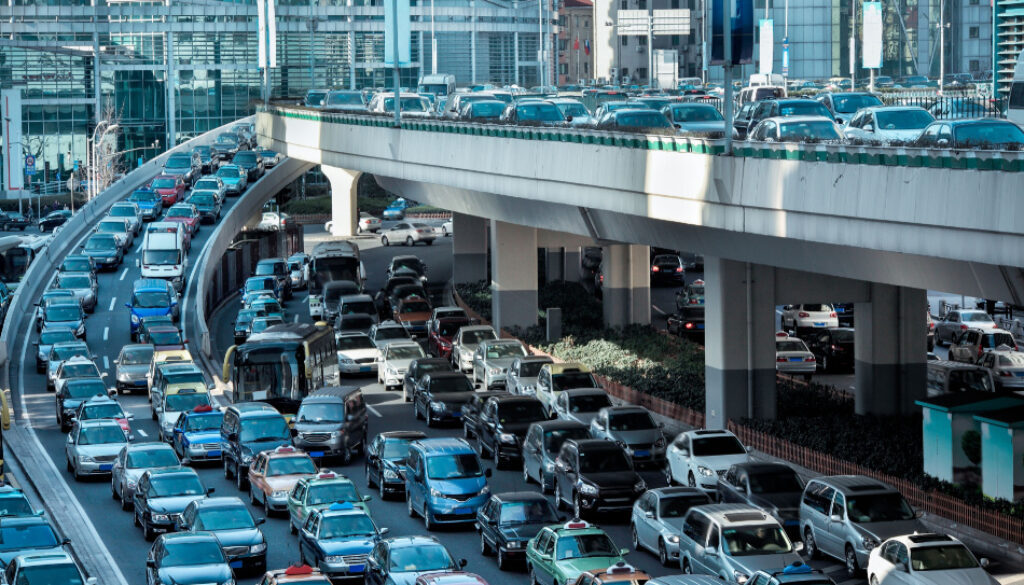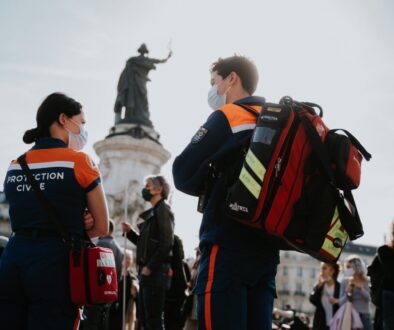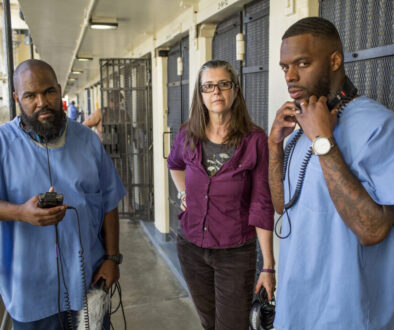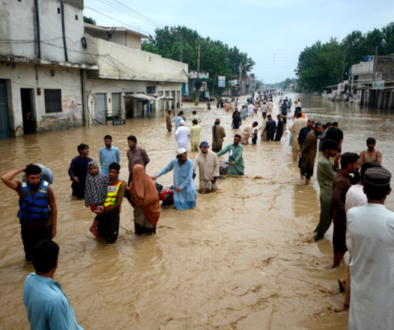Mathematicians can make traffic jams history—all we have to do is listen to them
It may be difficult to find things that we all agree on—but we’re confident that everyone will agree on this: traffic jams suck! What makes traffic even more irritating is that, according to traffic flow experts, most of the congestion on the road is completely unnecessary.
According to Alexander Krylatov, a mathematics professor at St. Petersburg University, if traffic flow management was left to mathematicians, urban traffic could be solved forever. Professor Krylatov explains that local transport engineers “do not have competencies in the field of system-related increases in traffic performance,” but if they learned this and used the insights he and his team have come up with, traffic jams would be history!
To help cities solve their local traffic flow issues, Krylatov co-authored a book on the mathematical approaches for eliminating traffic and ways to implement them. He and the other mathematicians who authored this book (Victor Zakharov and Tero Tuovinen) offer us four key takeaways:
All drivers need to be on the same navigation system
To efficiently reroute vehicles, our navigation systems must be streamlined. Instead of the plethora of navigation systems rerouting only a few vehicles on the road, one center hub can be used to organize all traffic on the road, leading to the most effective passage for each driver that compliments (not obstructs) other vehicles’ journeys.
Parking bans
Urban roads are notoriously narrow and, due to development on both sides, are difficult or impossible to be physically widened. Through traffic flow analysis, streets where parking spots should be turned into lanes can be identified and lead to a better overall flow of traffic.
Green lanes
Reducing greenhouse gas emissions is a major concern worldwide, and so most cities are trying to find ways to boost the number of electric vehicles on the road. To do this, cities should have special lanes only for electric cars. This will incentivize the use of cleaner cars while helping traffic flow. (TOD editor note: To make traffic even greener, creating bike lanes and finding ways to encourage public transportation would also be great!)
Digital twins
Creating and installing software that displays a digital model that replicates current traffic demands and available infrastructure will offer us “an extremely useful thought tool in the hands of transport engineers.”
The idea is similar to an article we shared recently about the virtual reality technology that allowed surgeons to test out a range of operations on twins with fused brains before actually putting the twins at risk. Through the digital model, medical professionals were able to make the best decisions for their patients. In the same way, a digital twin of a given city will allow transport engineers to try out different strategies before making expensive changes to the infrastructure.
Drivers are often thought of as selfish, only concerned about getting to their destination and not worried about the others on the road. However, if we can change this conception and make driving not an individual task, but a collaborative one that involves every vehicle on the road, then we may all get to where we need to go safer and more effectively, all while reducing the greenhouse gas emissions associated with driving.
If you want to learn more about this idea, check out this YouTube explainer!
The post Mathematicians can make traffic jams history—all we have to do is listen to them first appeared on The Optimist Daily: Making Solutions the News.




